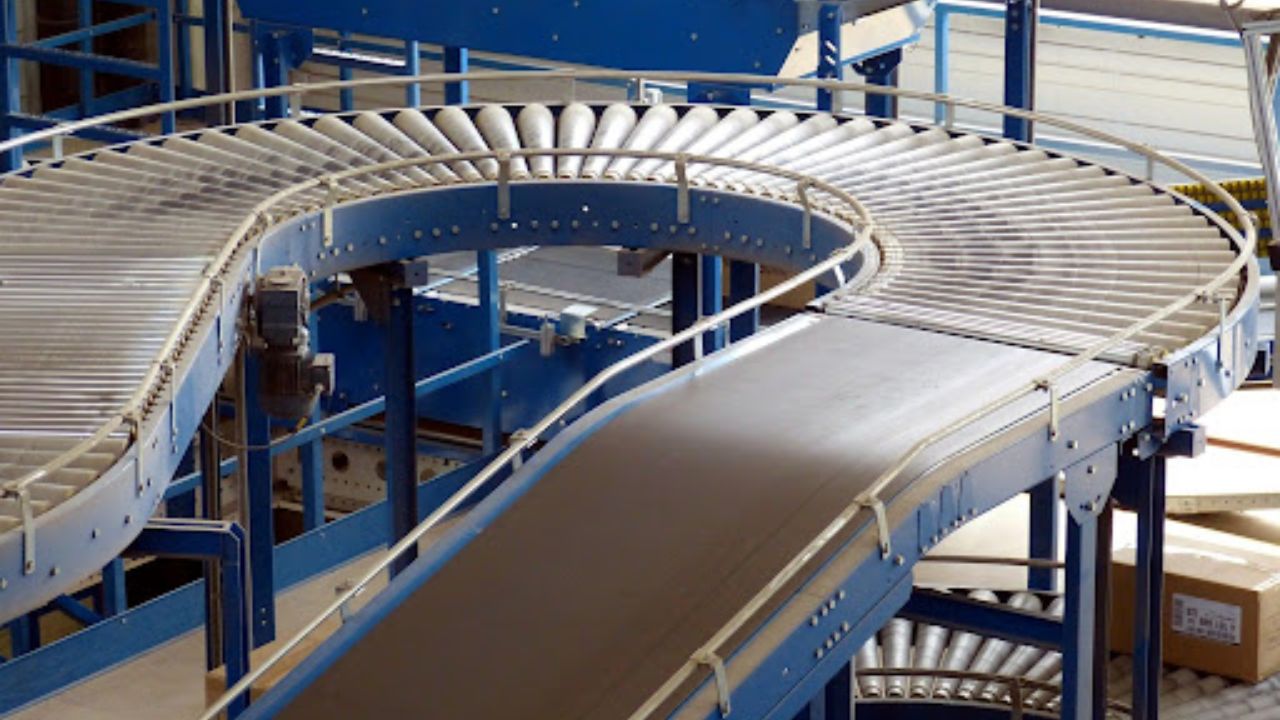Belt conveyors are used in almost all industries, including production and transportation. Some of them better facilitate product movements and help to enhance free flows as well. Nevertheless, failure to adhere to the right measures or lack of concentration may cause a mishap or degrade the apparatus. Understanding the proper ways of utilizing the conveyor belt is crucial concerning the safety and effectiveness of work. This article provides some of the safety measures and explains, How do conveyor belts work.
Inspection and Maintenance
Cleanliness is particularly important especially when it comes to conveying belts since this is one of the most important components of a business. It is recommended that industries set periodicity for belt and pulley inspection, motors, and other parts. They involve inspection of the vehicle for any sign of wear and damage like faulty moving parts, loosened parts, or belts. In other words, coming in and inspecting a property regularly can forestall a dangerous situation from developing that could lead to expensive fixes or injuries.
Proper Training for Employees
Minimally, routine checks and any maintenance should be explained to the workers who engage in or are in proximity to conveyor belts. Scaffold safety training should entail knowledge of the basics of conveying the belt, how to stop, and how to maintain the belt. Workers on the line should also learn about potential risks associated with belts, such as improper alignment, accumulation of materials, or excessive frequency vibrations.
Safety Guards and Barriers to be fixed
The use of safety guards and barriers is one of the easiest and most efficient ways of improving safety. These can minimize chances through which the workers may come in direct contact with rollers, pulleys, and the belt particularly when in motion. It is better to install guards at the places where workers are most probably to approach dangerously, which is near the drive system and the return rollers.
Employment of Emergency Stop Controls
Each conveying system must have the emergency stop button placed where people can find it easily together with the ‘Stop’ sign. These mechanisms enable the workers to halt the conveyor belt operation at any one time in the event of an emergency, for instance, when a worker is stuck or a machine has developed a fault. Various emergency stops should be implemented to be checked periodically for their effectiveness. In high-speed or high-traffic areas, it may be required to have more than one stop button on the conveyor path.
Clean Pathways and Good Hygiene Standards
General safety requires the establishment of clean aisleways, especially around conveyance systems. It must not be crowded around conveyors as it can lead to tripping or disrupt the efficiency of the conveyor system. It is worth pointing out that housekeeping measures curb the spread of clutter in the workplace and guarantee the free flow of the conveyor system without interference.
Conclusion
In many industries, they are an essential part of conveying products, but safety always has priority. That is why industries can minimize risks and provide employees with a safe working place using different best practices like regular maintenance, training, usage of safety guards, and unambiguous housekeeping standards. The safeguarding of all employees and the preparation of the company to avoid any avoidable accidents, dangers, and environmental issues in the workplace will go a long way in helping to organize the activity of the company and improve safety measures for everyone.

